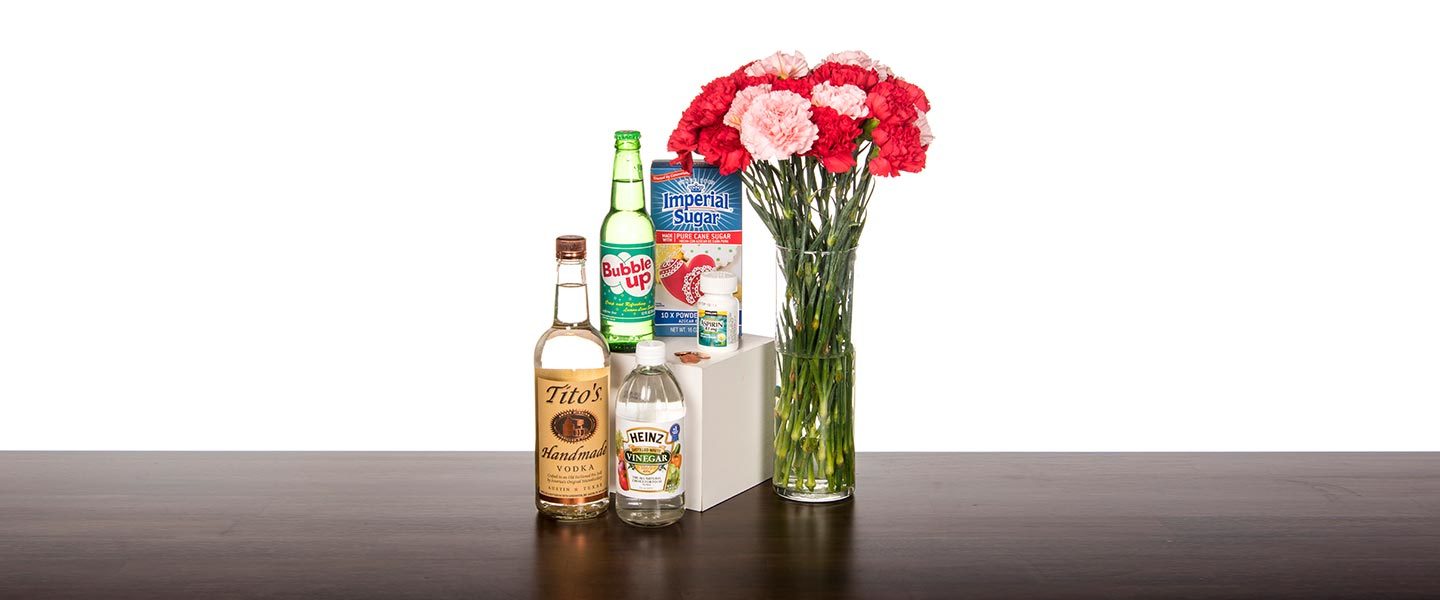Berry pH Paper
You no longer need to search for specialty litmus paper. Steve and his team have come up with a formula that will allow you to […]

Drop in a penny… spritz with a sugary soda… stir in vinegar… or give the flowers an Aspirin (which might be needed after all of that other stuff). While many of the remedies do little to help keep the flowers fresh, there’s some interesting science behind all of these formulations to help keep your flowers fresh.
Let’s start with the recommendation from the professionals – the florists. They recommend using commercial flower preservatives. The additives work by providing food in the form of sugar, fighting the growth of harmful microorganisms and allowing the plant to take in nutrients more efficiently by raising the acidity of the water (lowering its pH).
Some of the most common homemade solutions include the following…

So… what’s the best formula for keeping flowers fresh? FTD florists conduced an experiment using five of the same flower arrangements. In each vase, they put a flower food packet along with 2 cups of lukewarm water. The five variables in the test included vodka, Sprite, apple cider vinegar & sugar, aspirin and just moving the flowers to the refrigerator at night. The test was conducted over a seven day period. The water was changed on day 3 and all of the additives were replaced.
The results were interesting, to say the least. The vase with Sprite did fine on days 1 and 2 but started to fade on day 3 and was a slimy mess by day 5. The vase with the vodka also did fine on days 1 and 2 but looked droopy and had grayish stems by day 4. The researchers didn’t find the aspirin to have any preserving effects, though it did not kill the flowers faster, either. The flowers in the vase with apple cider vinegar and sugar did surprisingly well. The combo held its own in the survival-of-the-fittest trial.
Drum roll… coming in as #1 in the test was… the refrigerator! Every night before retiring to bed, the flowers were placed in the refrigerator. After a cold 8 hours of rest, the vase of flowers returned to it’s daytime home on the dining room table. Believe it or not, the cooler temperatures kept the flowers fresh through day 7. Maybe this is why florists keep their flowers inside a large refrigerator. However, the apple cider vinegar and sugar solution came in a VERY close second place in the experiment. So, if you don’t have a giant refrigerator, you might give it a try.